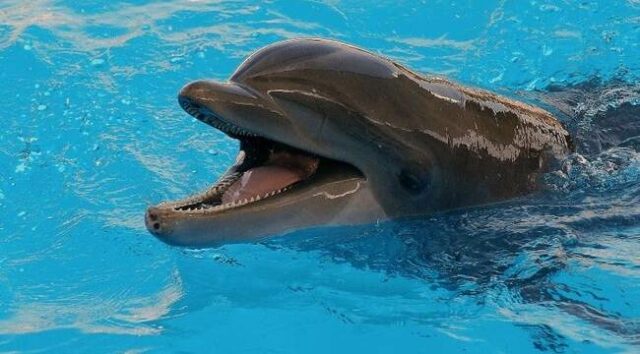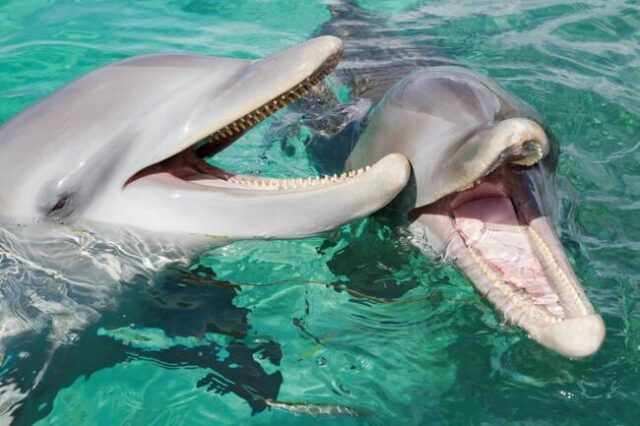
A recent groundbreaking study has expanded the exclusive list of mammals possessing the intriguing “seventh sense” to include bottlenose dolphins. Traditionally, this unique ability to detect electrical fields had been associated only with the platypus and the echidna. Researchers conducted the study at Nuremberg Zoo in Germany, where two bottlenose dolphins named Dolly and Donna were enlisted to participate. The dolphins were trained to rest their jaws on platforms and swim away upon experiencing various sensory cues, such as sounds, flashes of lights, and, notably, electric signals. Astonishingly, the dolphins demonstrated an impressive level of electric sensitivity, responding correctly on their first trial, thus highlighting their electroreceptive capabilities.

The discovery of electroreception in bottlenose dolphins raises intriguing questions about its purpose, especially since their close relatives, sharks, have long used this ability for hunting. Given that dolphins rely on echolocation for hunting, the reason behind their possession of electroreception remains unclear. One hypothesis suggests that it may aid in sensing prey on the seafloor, as fish generate small electrical fields through the movement of their gills. This newfound capability may contribute to the bottlenose dolphins’ versatile diet, as they have been observed accessing fish caught in traps without getting entangled themselves. It is plausible that over generations, as the dolphins’ other senses evolved, so did their electroreceptive abilities, enhancing their survival strategies and expanding their impressive array of sensory skills.














